Tropical foliage plants, which were trending in homes and on social media prior to the pandemic, are now more popular than ever. Many possess brightly hued architectural leaves that add evocative colors, shapes, and textures to indoor living spaces. Aesthetically pleasing and easy to grow, they make ideal houseplants. Their photogenic foliage also endears them to millennials for whom domestic gardening includes sharing portraits of their plants on Instagram and other platforms.
But is the present fad for frondescent houseplants and domestic horticulture a new phenomenon?
Current expressions of phytophilia (love of plants) find historical precedents in the second half of the nineteenth century. Belgian and French horticultural publications, for example, offer fascinating clues about an extraordinary cultural excitement for tropical foliage plants, especially cordyline, in the 1850s. They and other sources also tell intriguing stories about cordyline, first in Dutch-controlled Indonesia and later in Europe.
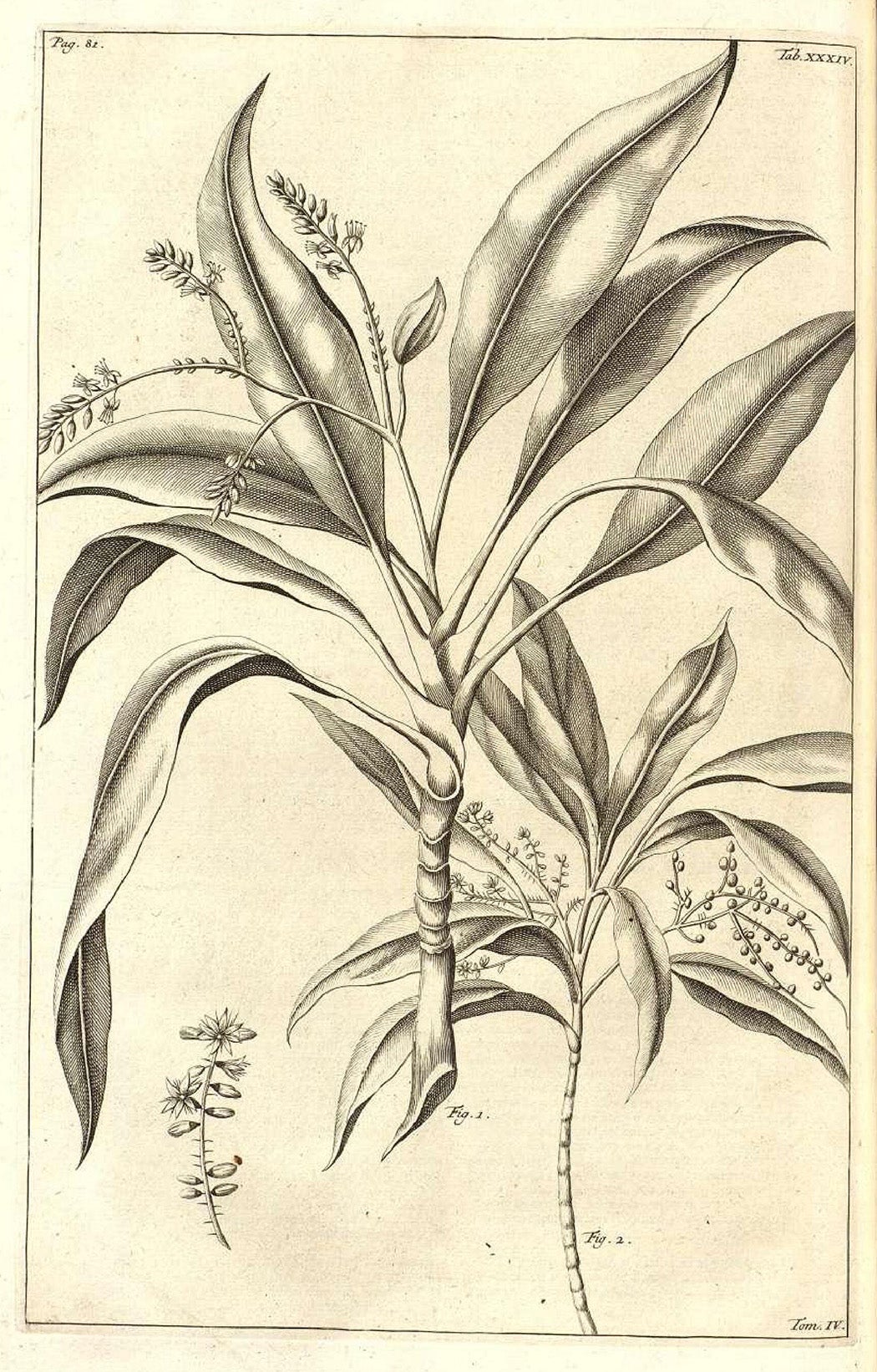
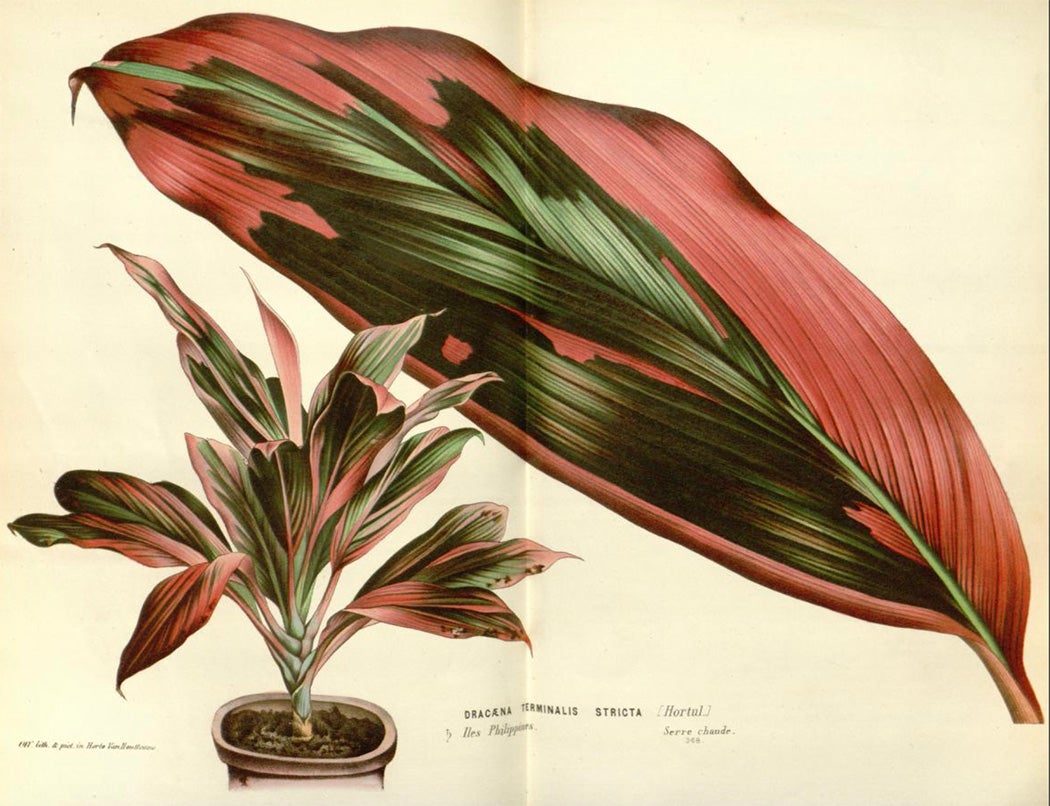
This enthusiasm for cordyline was part of a larger European horticultural trend: a new interest in non-native foliage plants in life and art. Recognizing a market for their likenesses, the French botanist Jules Rothschild translated into French and published a new version of Edward Joseph Lowe’s Beautiful Leaved Plants, from 1864. Importantly, Rothschild’s 1865 book reproduced all of its predecessor’s sixty color plates. These full-page images of leaves fulfilled a desire for direct encounters with exotics, such as cordyline. They also promoted a refined botanical aesthetic—free from ostentatious flowers—that elevated the leaf to art-status.
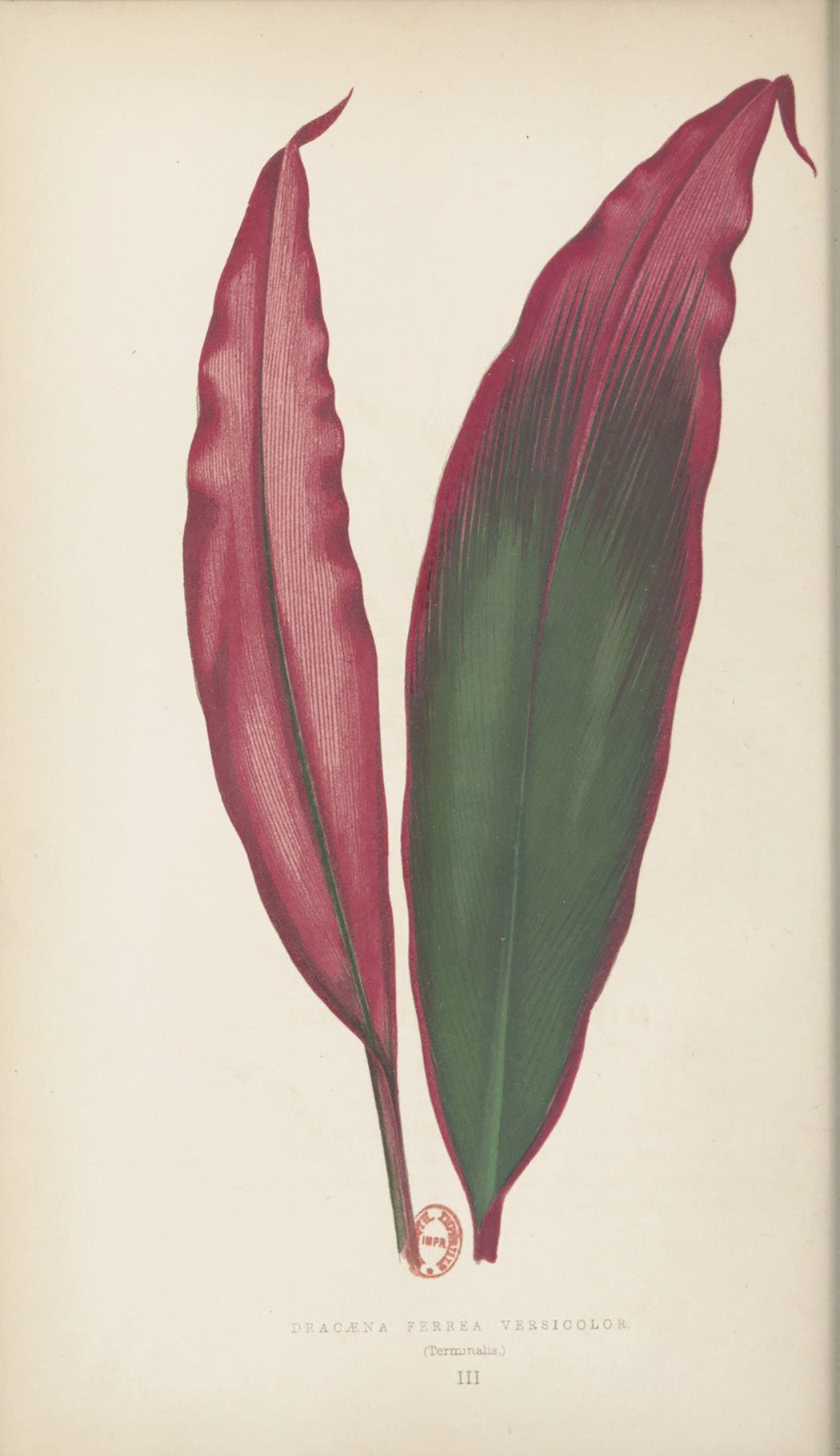
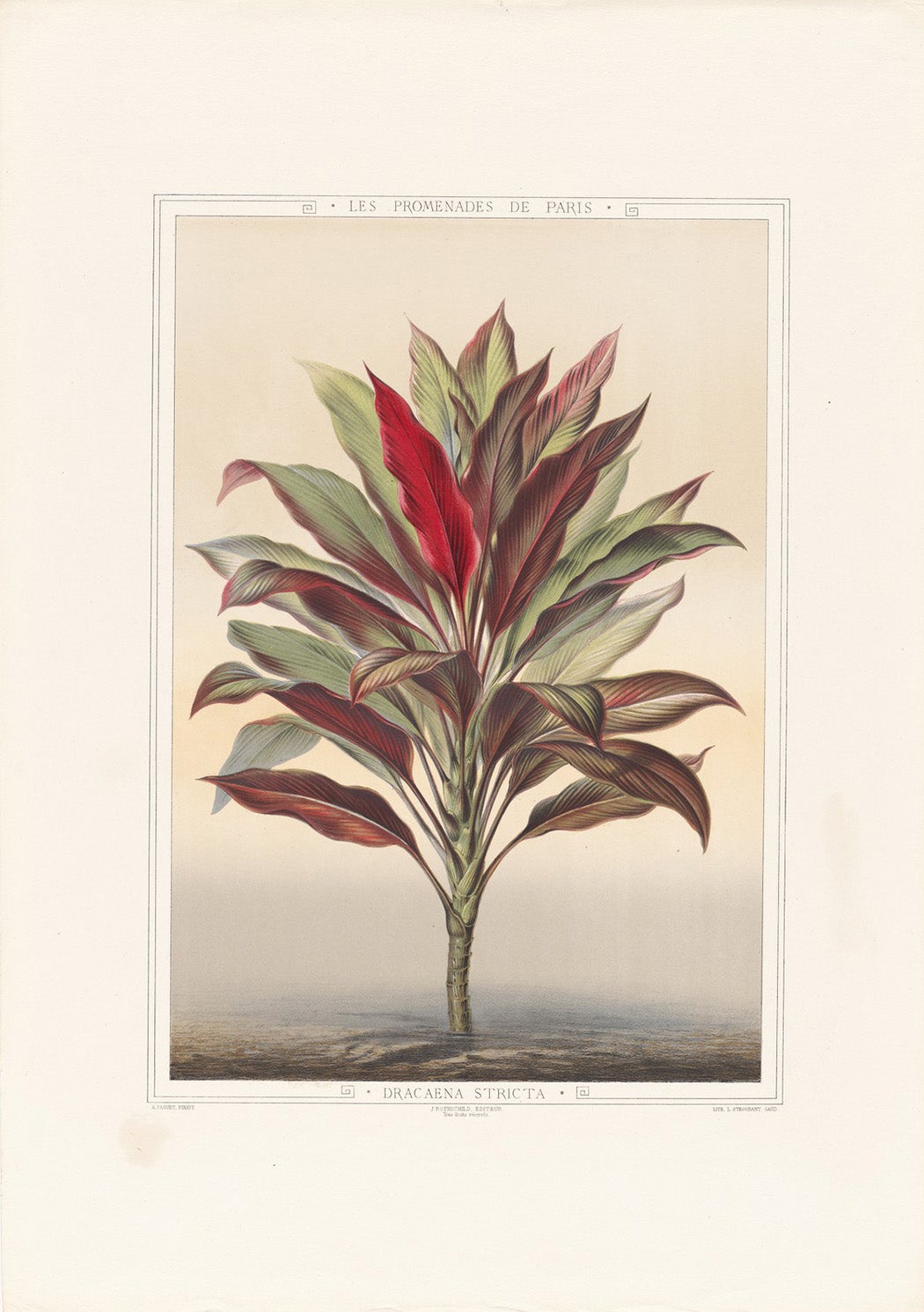
Weekly Newsletter
At the same time, French-language gardening manuals for women provided instructions for domesticating exotics in the home. Cordylines were extolled by the author of one such manual as “charming shrubs”—both aesthetically pleasing and easy to grow. These manuals and fashion magazines also promoted indoor gardening as an essential part of home décor. Such endorsements often likened female gardeners to their beautiful, delicate, and fertile plants, upholding then-popular stereotypes about the affinities between women and nature.
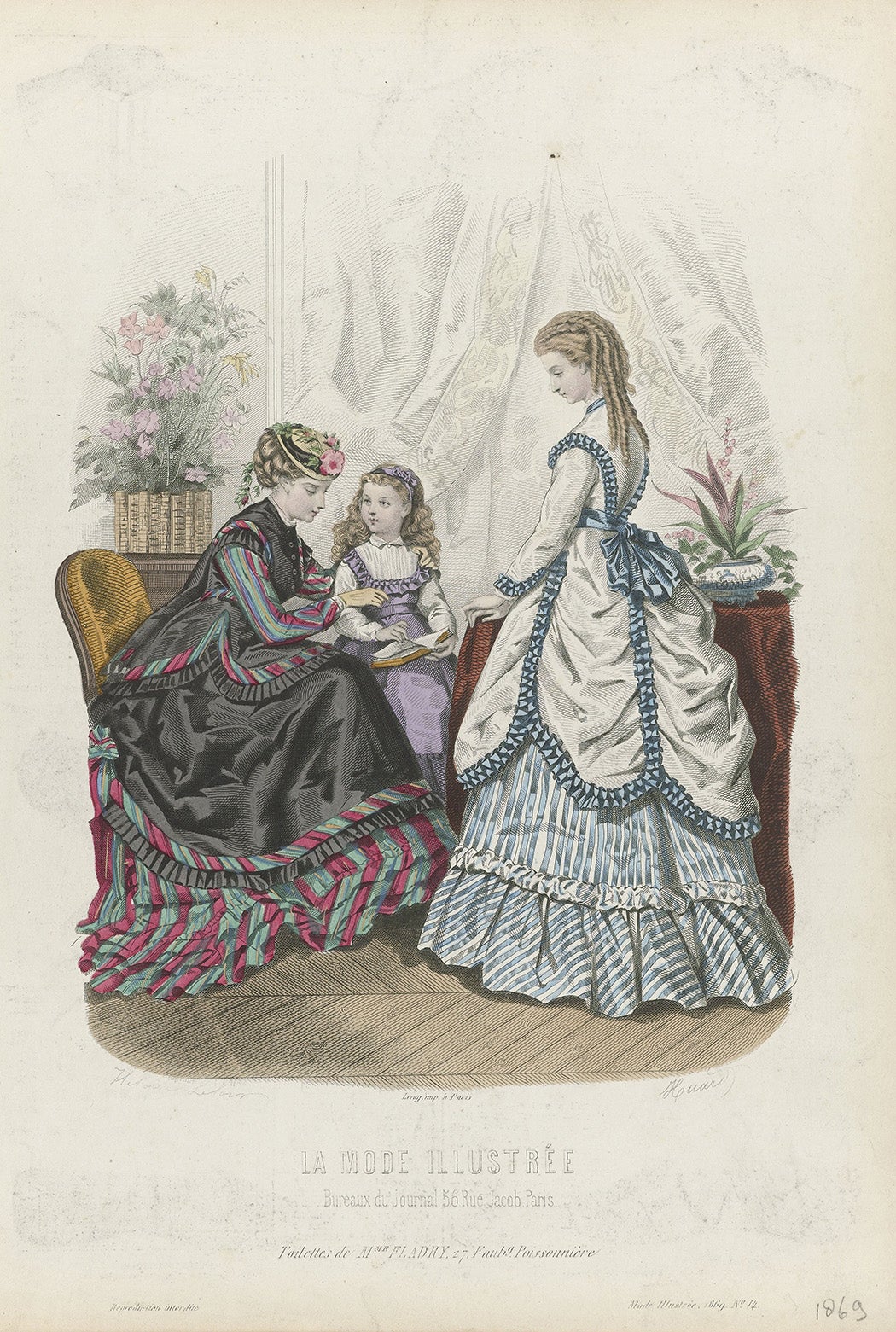
Similarly, French fashion plates invited women to color-coordinate their modish garments and decorative indoor plants. A plate designed by Héloïse Leloir-Colin, for instance, portrays two women and a young girl modeling the newest styles in clothes and horticulture. The flora includes, from left to right, a mixed-species garden and an architectural shrub. The latter’s green-and-pink hued foliage strikes a chromatic near rhyme with the leftmost figure’s striped blouse, trims, and skirt. This advertisement for garnet and emerald fabrics was surely perfectly in synch with the fashion for cordyline’s green-and-crimson painted leaves.
Indoor gardening, once a preoccupation of mid-nineteenth-century Belgium and France, is enjoying another—perhaps,more enduring—moment in the sun. No mere hobby, domestic gardening today is a way of life for ardent collectors, enthusiasts, stylists, and plantfluencers. For them, cultivating frondescent houseplants goes well beyond domestic and geographic boundaries, even during the pandemic, to growing entire horticultural communities, marketplaces, and art galleries on social media. The historical significance of ornamental plants and their contribution to human cultures are a central focus of the Plant Humanities Initiative.
Support JSTOR Daily! Join our new membership program on Patreon today.







